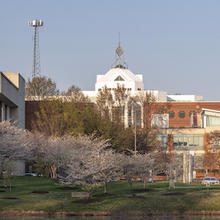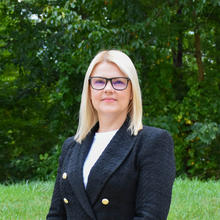- February 27, 2025
Since 2008, the meteoric rise of index funds has produced extreme consolidation of corporate ownership. So far, the outcomes for firms are a mixed bag.
- November 19, 2024
The 2008 financial crisis cast a pall of pessimism over veteran CEOs that took three years to lift. David Koo, assistant professor of accounting, has found that memories of past recessions, triggered by recent ones, can weigh on chief executives’ decisions, literally for years.
- April 3, 2024
Mason accounting professor, David Koo, goes back through history to trace how financial reporting requirements affect investors’ long- vs. short-term thinking.
- October 2, 2023
The economic balance is shifting toward private equity. But accounting scholars are still working from an outdated playbook.
- May 4, 2023
Analysts and top executives are usually not on the same page –or even reading the same book.
- March 24, 2023
Financially troubled U.S. hospitals are petitioning for more support from the federal government, but handouts won’t fix the underlying problem.
- September 22, 2022
Exceptions may prove the rule, but they must first be explained. That is why finance researchers are drawn to the distress anomaly-- a well-documented phenomenon that challenges the risk-return paradigm in equity markets. Generally, higher-risk investments are expected to yield higher returns than safer, more stable securities. In recent years, however, studies have shown that high-credit-risk securities for companies in distress – i.e. when their already-low credit rating is being downgraded -- realize abnormally low returns compared to non-distressed securities of the same or lower risk. Academics have proposed a range of rationales for this puzzle. Alexander Philipov, finance area chair and associate professor at George Mason University, says they mainly fall into two categories.






